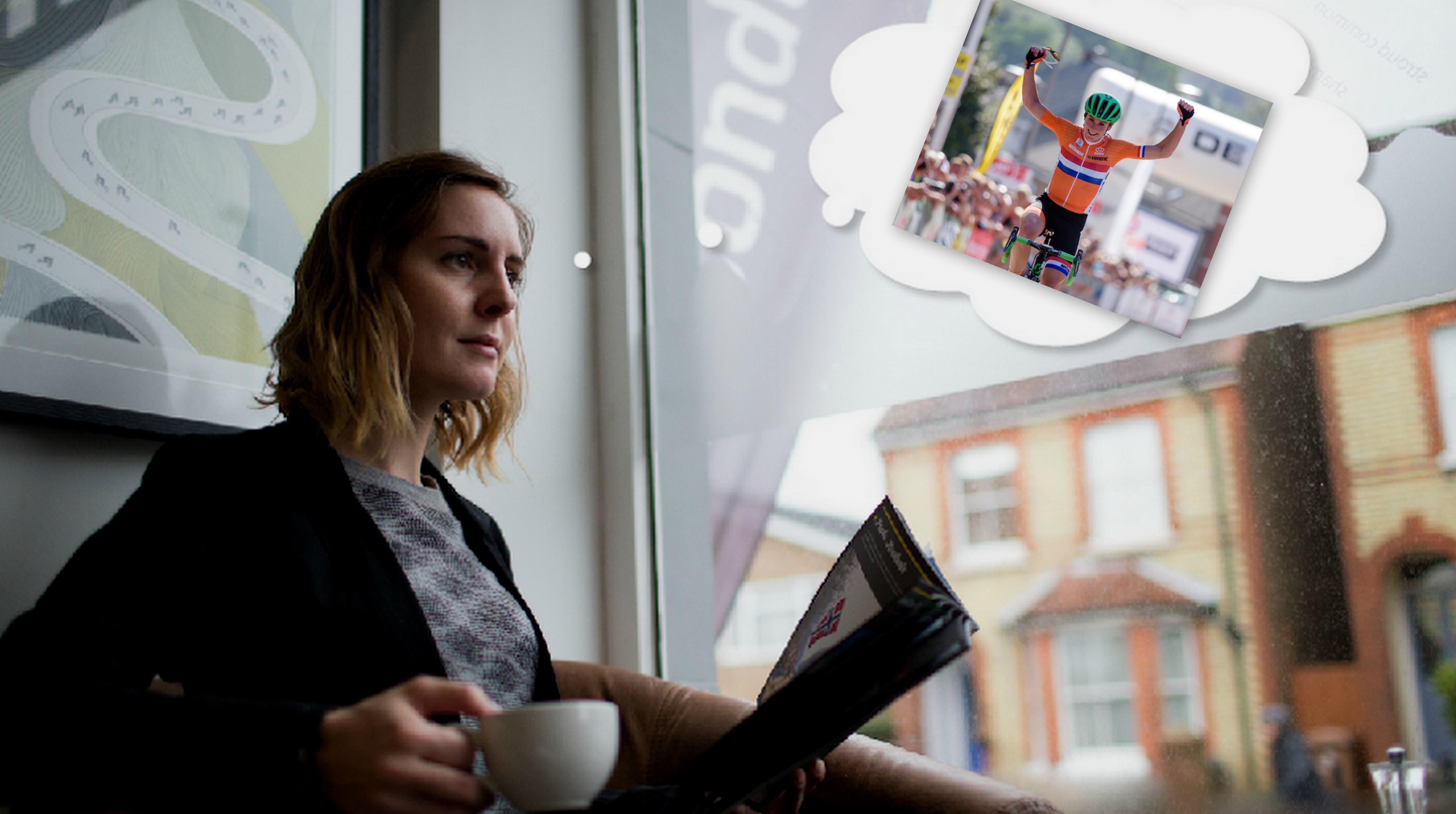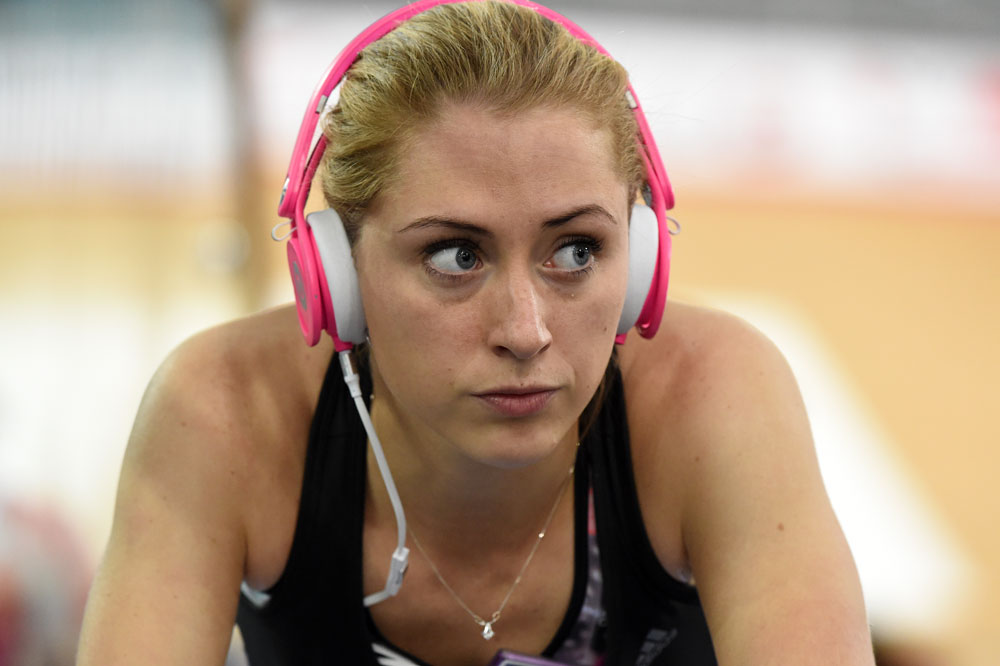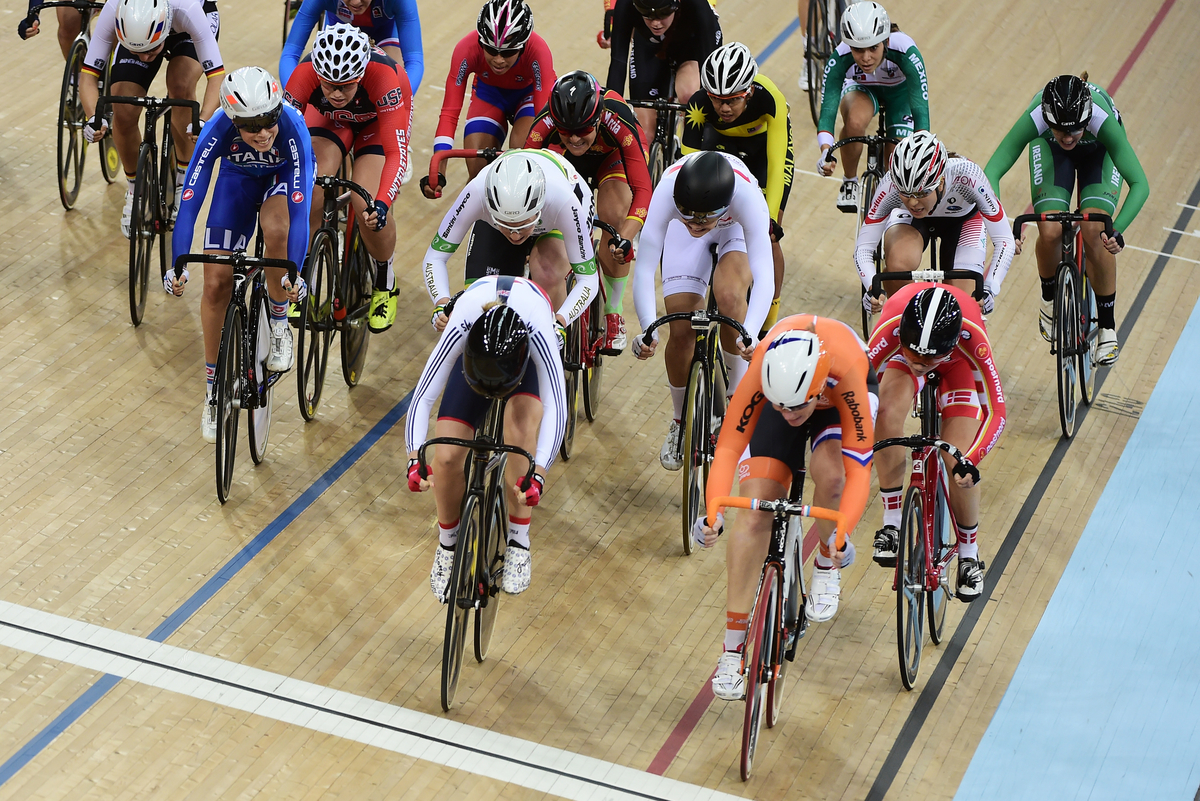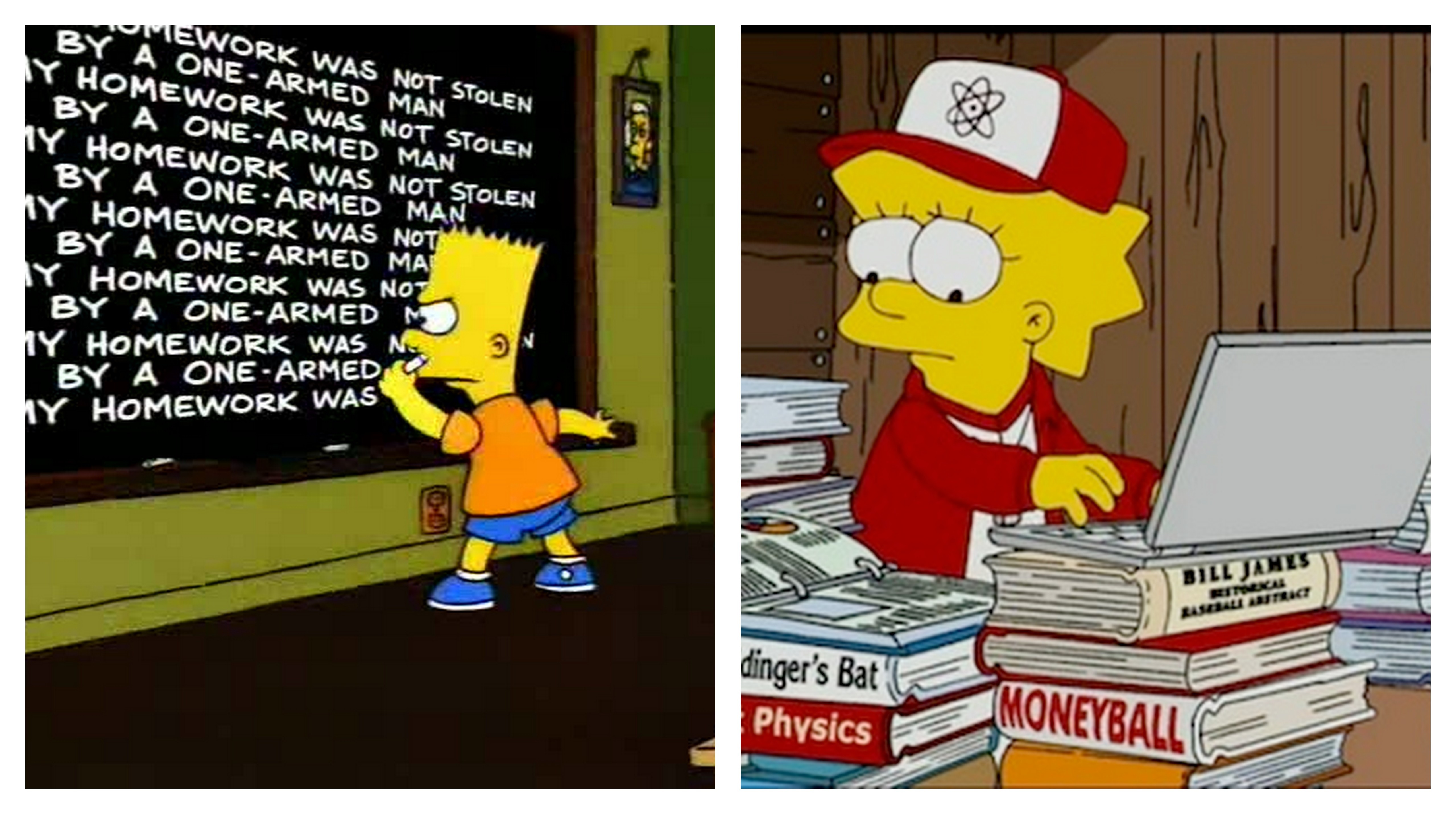Most cyclists harbour a fear or two related to their cycling. It might be a fear of descending, a fear of crashing, or quite simply a fear of embarrassment in a group ride situation. We’ve been working with sports psychology consultant Dr Josephine Perry, to share practical tips to help riders address worries, gain confidence, and get the most from their cycling abilities with the help of cognitive therapy.
Also in this series:
The Sports Psychology of: Setting Goals and Achieving Them
The Sports Psychology of: Beating ‘What If’ Worries
The Sports Psychology of: Reframing Negative Thoughts
The next tool in Dr Perry’s arsenal of skills (all of which require homework, and don’t involve reclining on a leather sofa recounting stories from your childhood) is visualisation. Effectively, visualisation is the act of picking out elements of cycling that you feel you need to practice, and playing out the ideal scenario in your head.

Dr Perry tells me: “It’s the process of riding or racing in your head. Visualising it means you’re making the same connections in your brain, as if you are physically doing it, without the associated fatigue, or the risk of injury. It’s really helpful for very specific skills: things like race strategy and technique issues.”
There are two styles of visualisation: one that focuses on technique, with the aim of helping you to become better at dealing with a difficult or daunting situation, and the other is called ‘motivational visualisation’ – that’s about reminding yourself how sweet it will be to achieve your goal.
Ironman athlete (and new mum!) Dr Perry has used the technique herself to target a fear of descending – she says: “Personally, I’m terrified of cycling down big hills. I can climb all day, but hammering down the hill at the other side – I’ve been known to walk down the hills in sportives.”
She adds: “Visulisation is about finding a very safe way to visualise going downhill. To think through, quite slowly to start with – what would I do when, how would I want my bike to be positioned, what will I be looking out for on the road? Where will other people be around me? What will conditions be like?”






